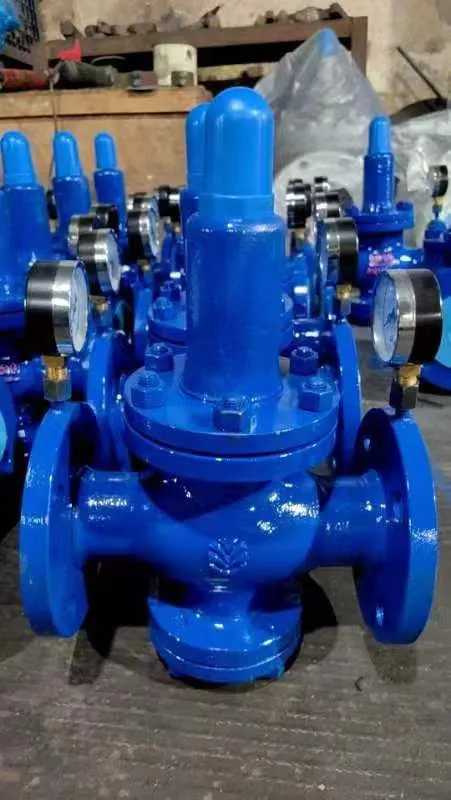air valve for water supply
Air Valve for Water Supply A Key Component in Hydraulic Systems
In many hydraulic systems, proper water supply management is crucial for ensuring efficient operations. One essential component that plays a significant role in maintaining the integrity of such systems is the air valve. This article delves into the function, types, and importance of air valves in water supply systems.
Understanding Air Valves
Air valves are devices used in pipelines to manage the air that can become trapped in water systems. In any hydraulic system, air can enter the pipeline through various means, such as leakages, during maintenance work, or even from the initial filling of the system. If not managed properly, trapped air can lead to inefficiencies and even damage.
These valves are designed to automatically release accumulated air, allowing the system to function effectively. By doing this, they help to stabilize pressure levels, prevent pump cavitation, and reduce water hammer, which are all critical for maintaining a reliable and efficient water supply.
Types of Air Valves
Air valves come in several types, each tailored to specific functions
1. Air Release Valve This type of valve allows air to escape from the system when the internal pressure rises, preventing air pockets from forming. It is frequently installed at high points within the pipeline where air is likely to accumulate.
2. Combination Air Valve This valve combines the functions of an air release valve and an air inlet valve. It allows both the outflow of trapped air and the inflow of air when the pipeline is depressurized. This versatility makes it suitable for a variety of applications.
air valve for water supply

3. Vacuum Valve This type is designed to allow air to enter the system if a vacuum occurs, ensuring that the pipeline does not collapse. Vacuum valves are particularly important in systems that experience sudden drops in pressure.
Importance in Water Supply Systems
The inclusion of air valves in a water supply system is crucial for several reasons
- Preventing Damage Trapped air can create pressure fluctuations that may damage pipes, fittings, and pumps. Air valves mitigate this risk by ensuring that air is released smoothly and efficiently.
- Enhancing Efficiency By keeping the pipeline pressurized and free of air pockets, air valves help water flow more consistently and reduce energy consumption associated with pumping.
- Improving Water Quality Eliminating air from the system reduces the chances of corrosion and biological growth that can occur in pipelines, ultimately leading to better water quality.
- Ease of Maintenance Air valves simplify maintenance processes by allowing for the safe draining and venting of air from the system, making it easier to perform repairs and inspections.
Conclusion
In summary, air valves play a vital role in the effective management of water supply systems. Their ability to control air within pipelines prevents potential damage and inefficiencies, ensuring that water distribution can occur smoothly and reliably. As infrastructure continues to evolve, the importance of incorporating well-designed air valves into hydraulic systems cannot be overstated. By understanding their functions and applications, engineers and operators can optimize water supply systems for better performance and sustainability.
-
The Smarter Choice for Pedestrian AreasNewsJun.30,2025
-
The Gold Standard in Round Drain CoversNewsJun.30,2025
-
The Gold Standard in Manhole Cover SystemsNewsJun.30,2025
-
Superior Drainage Solutions with Premium Gully GratesNewsJun.30,2025
-
Superior Drainage Solutions for Global InfrastructureNewsJun.30,2025
-
Square Manhole Solutions for Modern InfrastructureNewsJun.30,2025
-
Premium Manhole Covers for Modern InfrastructureNewsJun.30,2025
